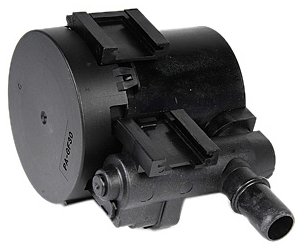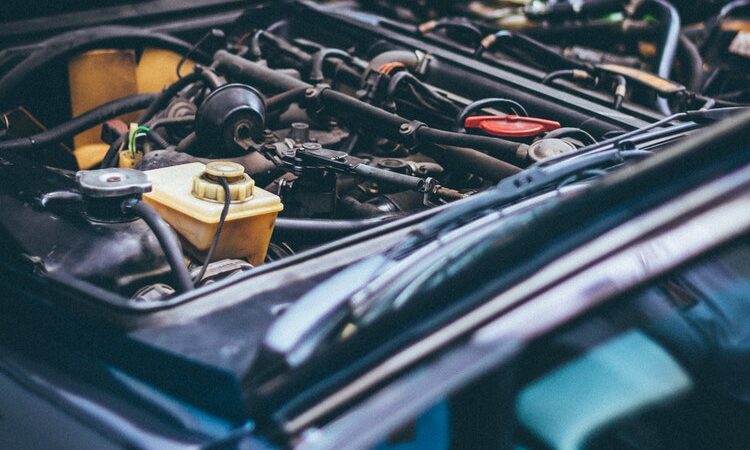What is a Charcoal Canister and How Does it Work in Your Car?

Emission control began as a result of a discovery that fuel was evaporating from fuel tanks, resulting in poor fuel economy, and worse, the polluting of the environment. So controlling those emissions has been a necessary evil in the progression of automobile manufacturing ever since the 1960’s.
We’re going to take a look at one component that was and still is a significant player in reducing emissions: the charcoal canister. We’ll talk about what it is and how it works in your car. Then we’ll cover the impact of the canister, and talk a bit about maintenance.
What It Is
The name charcoal canister might pull up in your mind a simple definition of a “canister full of charcoal.” But there’s more to it than that.
The charcoal canister is a device in your exhaust system that catches the fuel vapors emanating from the fuel tank, storing them until they can be safely reintroduced into the fuel system to be burned just as they would normally. The location of this canister varies from each model, but it is usually close to the fuel tank, or near the engine.
How It Works
Activated charcoal is the main component in the evaporation process. Oxygen is applied to the charcoal, which opens pores between the atoms of carbon that exist inside charcoal. This treatment “activates” the charcoal, which makes it more able to soak up the fuel vapors transferred to the canister.
How does that stored vapor get back into the system? When you refuel, a valve is opened, which allows a flow of air and the vapors. The canister takes the vapor out of the air through the activated charcoal. When you’re done pumping, the system is once again sealed when the valve closes up.
Then your computer takes over when the conditions are right. Your system will open the valves to signal the engine to draw air through the canister. The stored vapors are then purged from the canister, and burned with the rest of your fuel.
Impact of Charcoal Canister
If this process were not in place, those vapors would get into the air, and eventually gnaw away at the atmosphere. What can also happen is that the overabundance of fuel vapors would gather up under your vehicle, at which point all you will smell is fuel.
On a dusty road, particles could get inside the engine. Damage will follow, resulting in expensive repairs, if it’s worth fixing at all.
Back on the plus side, having this canister in place results in better mileage, and keeps those harmful emissions out of the air, and thus reducing pollution.
Charcoal Canister Maintenance
As you’d expect with auto parts involving air flow, they’re bound to get clogged over time. Dust and other contaminants accumulate to cause these clogs. Canister performance naturally will diminish over time, to the point of being totally inoperable.
Currently, there is not enough reliable information to suggest that you can clean the canister in some way. For this reason, due to the complexity of the system, we recommend leaving it to the professionals. These types of repairs require certification before one can put their hands on it. Replacement costs, including labor and parts, range from about $200 to well over $500 before taxes, nationwide.
Summary
There are a lot of things on our vehicles that we can take for granted. Prior to reading this article, you may never have heard of a charcoal canister. Now knowing the important role it plays in your exhaust system, you have incentive not to take the canister for granted.





